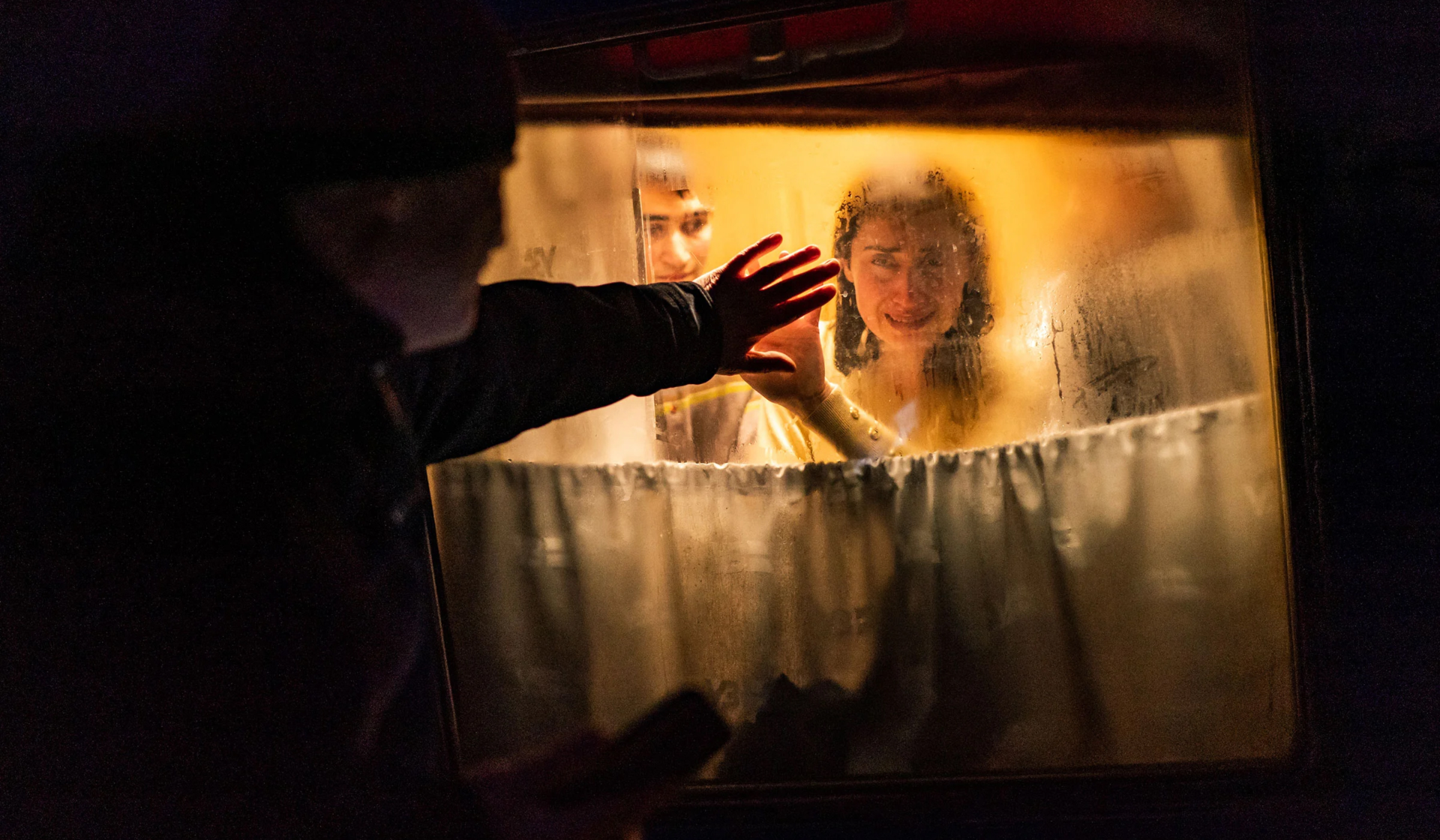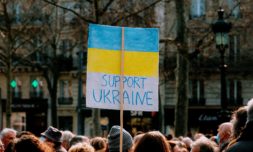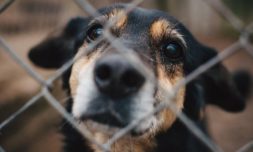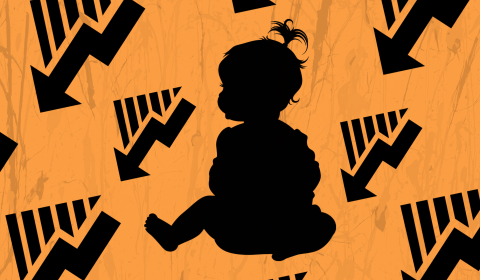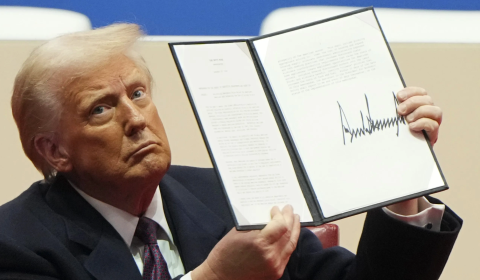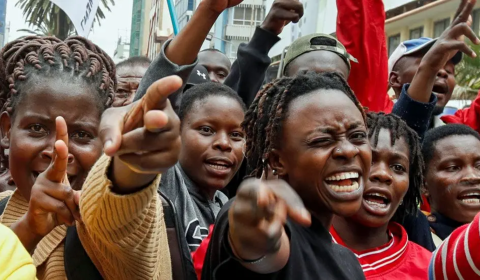In Ukraine, civilian accounts of atrocities carried out by the Russian military continue to emerge. Online volunteers around the globe are now building dossiers of purported ‘war crimes’ for potential convictions once the gunfire ceases.
While our present obsession with tech and social media certainly has its drawbacks, it is conducive to creating a stronger feeling of democracy.
Wherever unlawful persecution or atrocities are taking place in plain sight, with platforms like Twitter and YouTube, you can bet the world will know all about it before long.
In the ongoing case of Ukraine, Vladimir Putin’s attempts to dilute the truth of Russia’s invasion – with propaganda of a ‘special military operation’ – have been grossly unsuccessful beyond the borders of his own nation, where social and traditional media is being censored.
We’ve ourselves witnessed smartphone footage of civilian areas being bombed, spontaneous violence, and innocent people dehumanised at the hands of the Russian military. Quite frankly, we’re witnessing war crimes taking place on our Twitter timelines.
There has been a marked increase in Russian artillery and missile strikes on populated urban areas over the past few weeks. Recent videos showed the city of Kharkiv alite with shell fire as 21 people were killed in its central square.
While there is no immediate end in sight for the conflict, there are people committed to ensuring that these transgressions are documented in full, in the hope that prosecutions will eventually be made by the International Criminal Court.
Under this international body, indiscriminate attacks that result in death or injury to civilians are deemed war crimes. Thus far, Ukraine’s civilian death toll stands at over 900 according to the UN High Commissioner for Human Rights.
Human rights organisations have already mobilised professional investigators to collect evidence and ratify first-hand accounts directly from Ukraine. Simultaneously, a growing volunteer front is carrying out its own intelligence gathering using public data and coordinated efforts on platforms like Discord.









